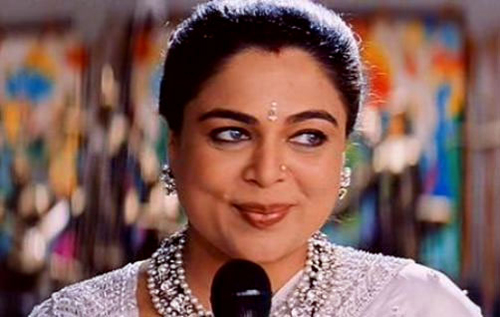

Polygon wrote about how those in Stan Twitter share memes with the belief that the memes have an insular quality to them. But often, stanning manifests as a kind of blind, unquestioning devotion – the kind of thing that leads the BTS Army to talk about their idols like they're gods on earth who can't be criticised," and added that "at its worst, can lead to threatening behaviour, mob-handed bullying and it can even turn on the object of affection." Memes and terminology Ī common activity that those in the Stan Twitter community engage in is sharing memes with each other and onto their Twitter accounts. It's old-fashioned fandom for the internet age. Entertainment Weekly cited Jordan Miller as stating " will eat their own" Miller runs, "a pop music website that for many years was the premier Britney Spears fansite." El Hunt of NME wrote "most of the time, stanning is harmless. The subculture has been noted by the BBC for displaying a trend of "toxic fandom" which includes fans joining to bully or harass others in the name of an artist.

Some outlets have also touched on stans being "toxic" in their fanaticism. Online stan accounts are frequently run by impassioned teenagers, and they can "take on a corporate monotone on par with many singers' own junket." An artist's fanbase is often attached to a nickname used in the media, and in some cases given by the artists themselves. Stan Twitter has also been highlighted for commonly sharing memes within respective communities and utilizing a particular vernacular and terminology. Vanity Fair also credited those fanbases and "stan culture and its associated engines" with helping propel the popularity of music videos for those artists. Vanity Fair highlighted American pop singers Ariana Grande, Taylor Swift, and Korean groups BTS as artists who have " extremely fanatic fanbases". Stan Twitter has been noted for its extremely fanatic culture and behavior. Singer Ariana Grande (pictured in 2020) has been noted to have a very dedicated fanbase, and is frequently mentioned by media articles about stan culture. Friendships are made, bonding over a shared love of an artist, their work, their achievements." Culture dedicated and-at times-completely unhinged." Whitehead went on to describe stans of recording artists, writing "stans aren't just superfans, they're a community of like-minded souls coming together, unified under the banner of wanting to see their chosen celebrity flourish. Mat Whitehead of HuffPost described stans as "volcanic", and added that they are "organised. The Guardian noted, for example, that "Gay male culture has always coalesced around female pop stars, from Judy Garland to Lady Gaga and Ariana Grande." Polygon has described Stan Twitter as "an overarching collection of various fandoms", and additionally as a community that " individuals congregated around certain, specific interests ranging from queer identity to K-pop groups, and added that "Stan Twitter is essentially synonymous with fandom twitter." The Daily Dot wrote that "Stan Twitter is essentially a community of Extremely Online like-minded individuals who discuss their various fandoms and what they 'stan'." Stan Twitter has also been noted for its common overlap with LGBTQ+ Twitter communities. Stan Twitter has been noted by The Atlantic as one of the "tribes" of Twitter. The term was originally a noun, but over time evolved and began to be used as a verb as well. The word itself was added to the Oxford English Dictionary in 2017. The origin of the term stan is often credited to the 2000 song " Stan", about an obsessed fan, by American rapper Eminem featuring British singer Dido. Rapper Eminem performing his song " Stan" is often credited with the origin of the contemporary usage of the word stan.


 0 kommentar(er)
0 kommentar(er)
